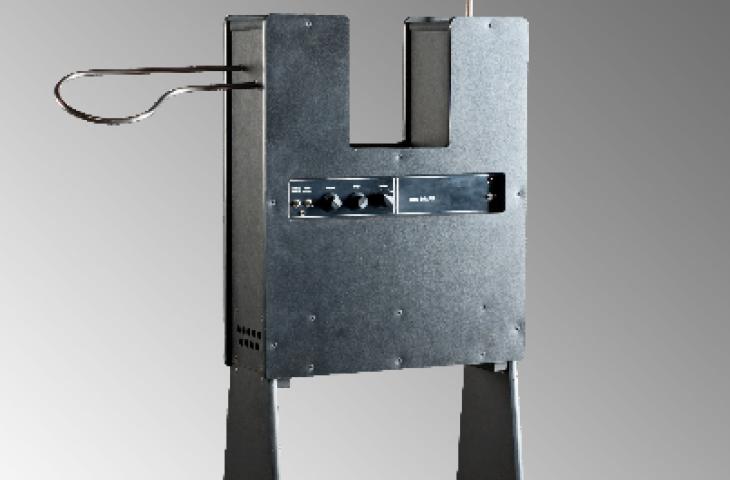Theremin

Theremin, Big Briar, United States, 1991, inv. 1997.031
Theremin

Theremin, Big Briar, United States, 1991, inv. 1997.031
The invention of the theremin is attributed to the Russian Lev Termen. As a cellist and radio specialist in the Red Army, he attempted to combine his passion for music with his expertise in physics, and this led in 1918 to the creation of the theremin.
The instrument is operated according to a simple acoustic principle: two oscillators generate two ultrasonic tones; varying the distance between the player’s hands and the two antennae serves to create a difference between these two high frequencies, and this results in an audible sound signal.
Lenin, jubilant about this new invention, sent Termen abroad to trumpet the Soviet Union’s technological superiority and the theremin attracted full houses. Composers such as Varèse and Schnittke had no hesitation in composing for the instrument, and its expressive power was also exploited to the full in film music. In 1938, however, while he was in the United States, Termen was abducted by the Russian secret service. During a long imprisonment he was forced to place his knowledge at the service of espionage. After the fall of the Iron Curtain, he was able once more to travel to the West, where interest in the theremin was reviving. A modern version of the instrument was put into production by the Big Briar firm.